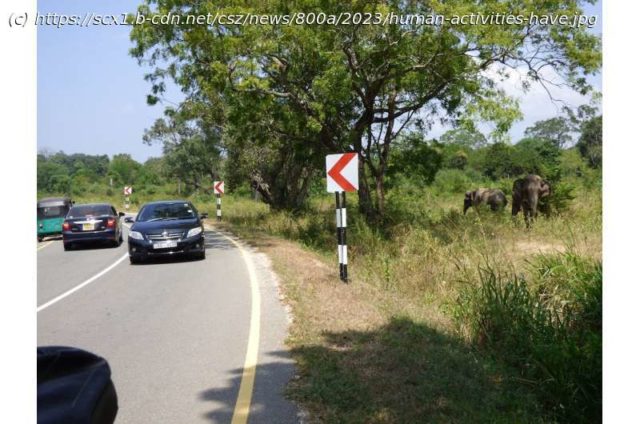Despite their iconic status and long association with humans, Asian elephants are one of the most endangered large mammals. Believed to number between 45,000 and 50,000 individuals worldwide, they are at risk throughout Asia due to human activities such as deforestation, mining, dam building and road construction, which have damaged numerous ecosystems.
Despite their iconic status and long association with humans, Asian elephants are one of the most endangered large mammals. Believed to number between 45,000 and 50,000 individuals worldwide, they are at risk throughout Asia due to human activities such as deforestation, mining, dam building and road construction, which have damaged numerous ecosystems.
My colleagues and I wanted to know when human actions started to fragment wildlife habitats and populations to the degree seen today. We quantified these impacts by considering them through the needs of this species.
In a newly published study, we examined the centuries-long history of Asian landscapes that once were suitable elephant habitat and often were managed by local communities prior to the colonial era. In our view, understanding this history and restoring some of these relationships may be the key to living with elephants and other large wild animals in the future.
It isn’t easy to measure human impacts on wildlife across a region as large and diverse as Asia and more than a century ago. Historical data for many species is sparse. Museums, for instance, only contain specimens collected from certain locations.
Many animals also have very specific ecological requirements, and there often isn’t sufficient data on these features at a fine scale going far into the past. For instance, a species might prefer particular microclimates or vegetation types that occur only at particular elevations.
For nearly two decades I’ve been studying Asian elephants. As a species, these animals are breathtakingly adaptable: They can live in seasonally dry forests, grasslands or the densest of rain forests. If we could match the habitat requirements of elephants to data sets showing how these habitats changed over time, we knew that we could understand how land-use changes have affected elephants and other wildlife in these environments.
Fewer than 50,000 Asian elephants remain in the wild across 13 countries. Habitat loss is one of the main reasons for their decline.
The home-range sizes of Asian elephants can vary anywhere from a few hundred square miles to a few thousand.






